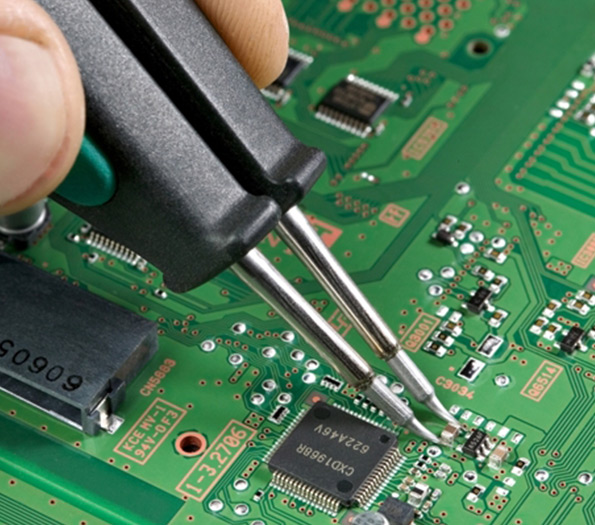

The Captivating World of Float Glass A Seamless Journey Through Production
Float glass, a widely used material in construction and various industries, has revolutionized the way we perceive and use glass in everyday life. The float glass process, characterized by its efficiency and ability to produce optically clear sheets of glass, has become the standard in the glass manufacturing industry. In this article, we will explore the fascinating journey of how float glass is made, its benefits, and its impact on our environment.
The Float Glass Process
The production of float glass begins with the careful selection of raw materials. The primary ingredients include silica sand, soda ash, and limestone. These materials are mixed and melted in a furnace at temperatures exceeding 1,500 degrees Celsius. Once the mixture becomes a molten glass, it's time for the float process to take center stage.
The molten glass is gently poured onto a bed of molten tin, which serves as a medium for the glass to float on. This unique aspect of the process is what gives float glass its name. As the glass floats on the tin, it spreads evenly and forms a smooth, flat surface—free from surface imperfections. The controlled environment of the molten tin eliminates the need for polishing, producing glass that is remarkably uniform in thickness and clarity.
Once the glass has settled and cooled to a manageable temperature, it is cut into sheets and further processed according to specific applications, ranging from window panes to glass facades in skyscrapers. The characteristics of float glass make it an ideal choice for architectural designs, particularly in promoting natural light while maintaining energy efficiency.
Advantages of Float Glass

One of the most significant advantages of float glass is its clarity. The float process ensures that the glass is free from distortions that can occur during other glass-making techniques. This optical quality makes it perfect for use in applications where transparency is critical, such as windows and display cases.
Moreover, float glass is incredibly versatile. It can be manufactured in various thicknesses and can be treated or coated to enhance its performance properties. For instance, low-emissivity (Low-E) coatings can be applied to improve energy efficiency, while tinted or reflective coatings can enhance privacy or aesthetics.
Float glass is also a sustainable choice. The production process allows for significant recycling of materials—cullet, or crushed glass, can be reintroduced into the furnace to reduce energy consumption and raw material usage. This not only decreases manufacturing costs but also lessens the environmental impact, making float glass a more sustainable option for builders and manufacturers alike.
The Environmental Impact
In an age where environmental consciousness is paramount, the float glass industry has made strides toward sustainability. Innovations in manufacturing processes have minimized waste and emissions, while the ability to recycle glass has reinforced float glass’s appeal as a green building material. Many modern buildings utilize float glass for their facades, lowering their energy consumption and improving overall sustainability.
In conclusion, the journey of float glass from raw materials to finished product is a testament to the ingenuity of modern engineering. With its superior optical clarity, versatility, and contributions to sustainability, float glass remains a cornerstone of contemporary architecture and design. As we continue to innovate in materials science, float glass will undoubtedly play an essential role in shaping the environments we inhabit. Whether viewed through the lens of functionality or aesthetics, float glass offers a clear perspective on the future of building materials.